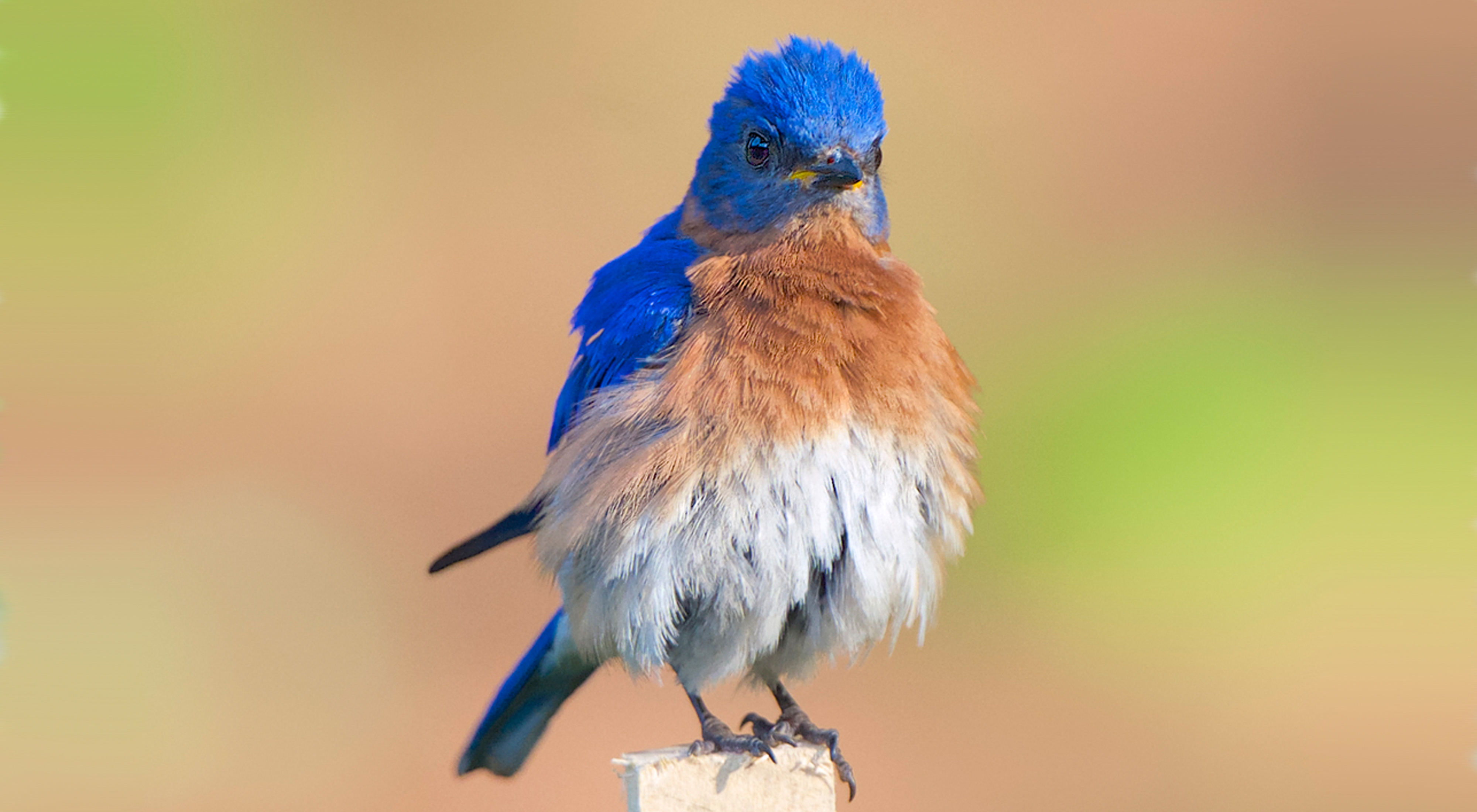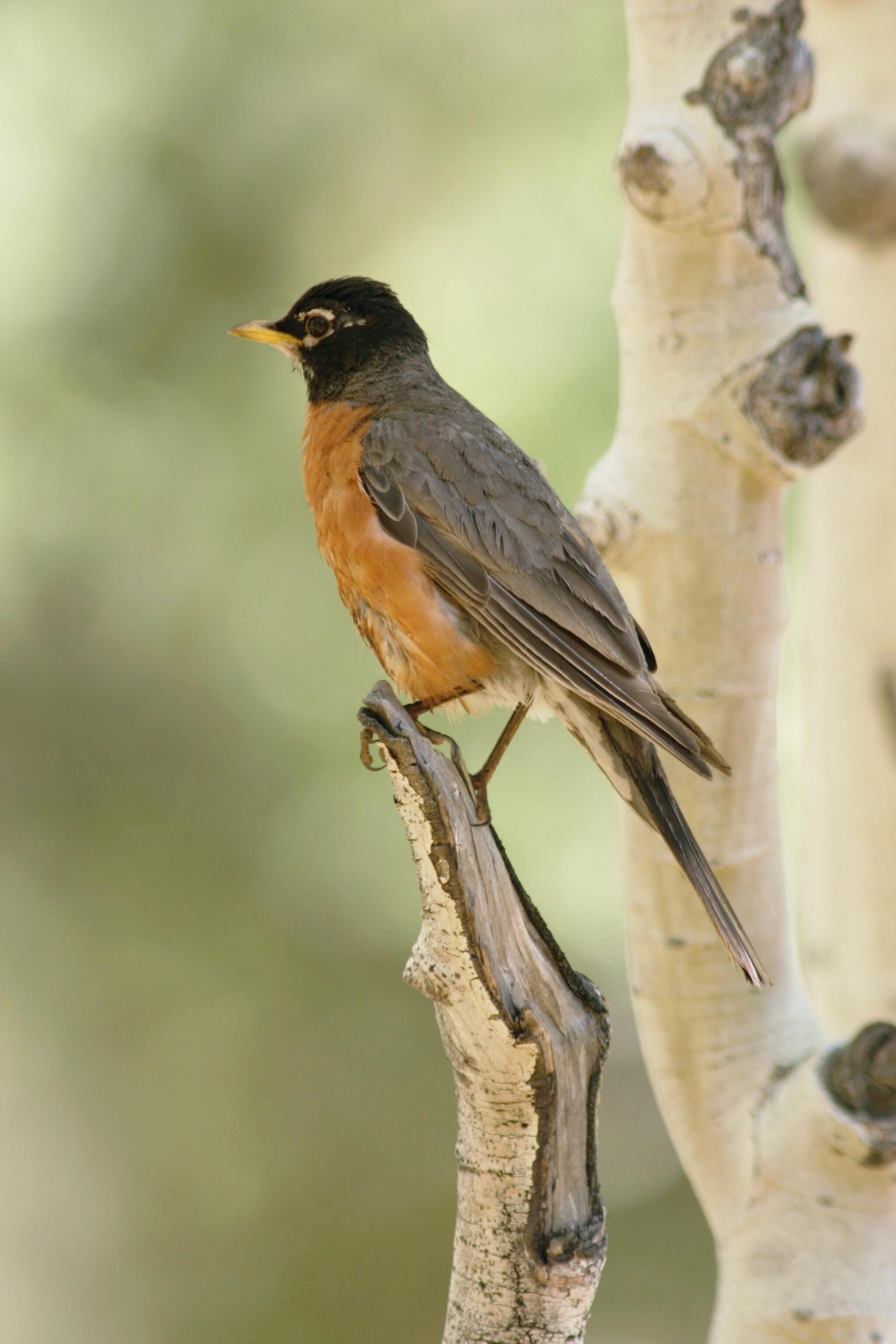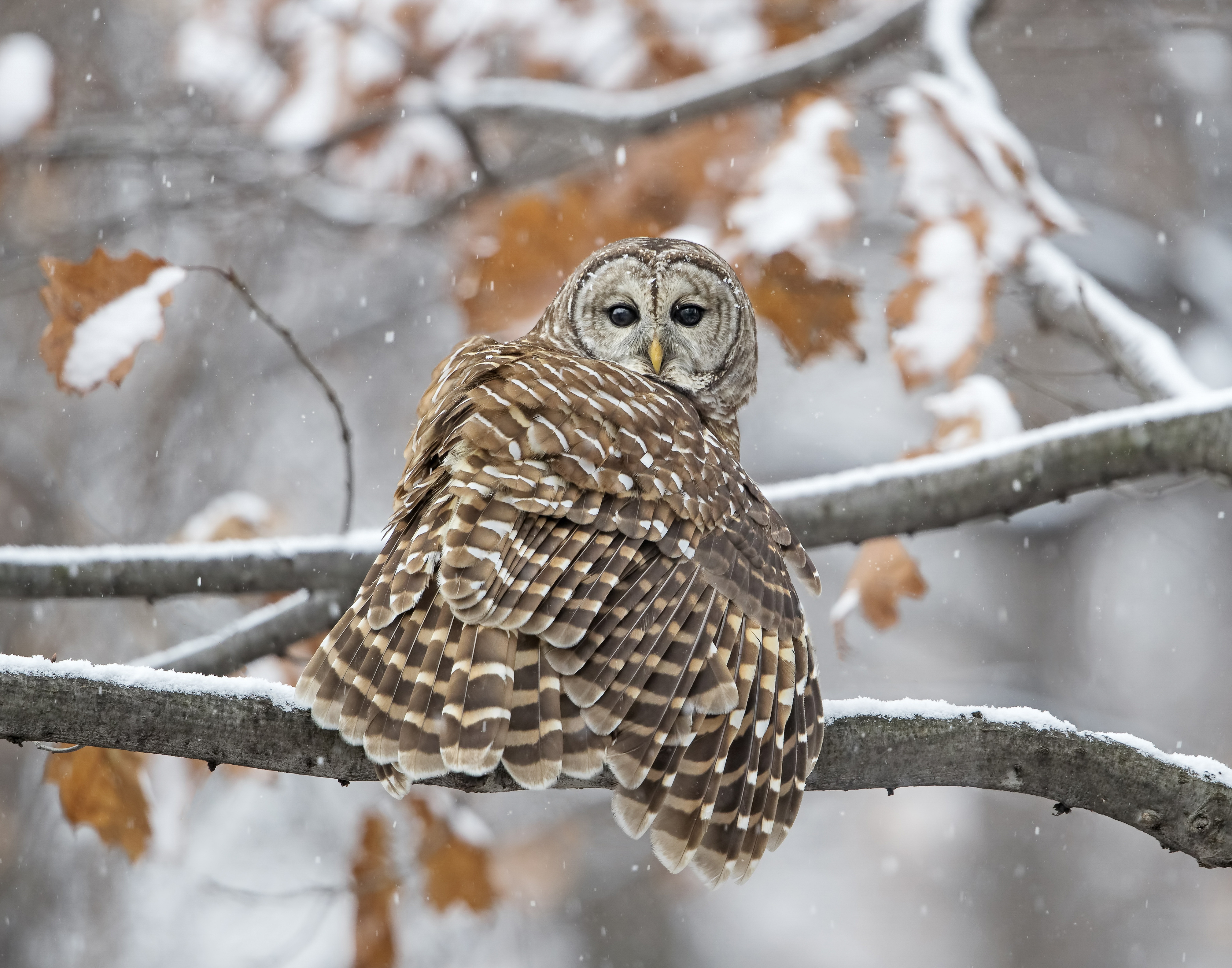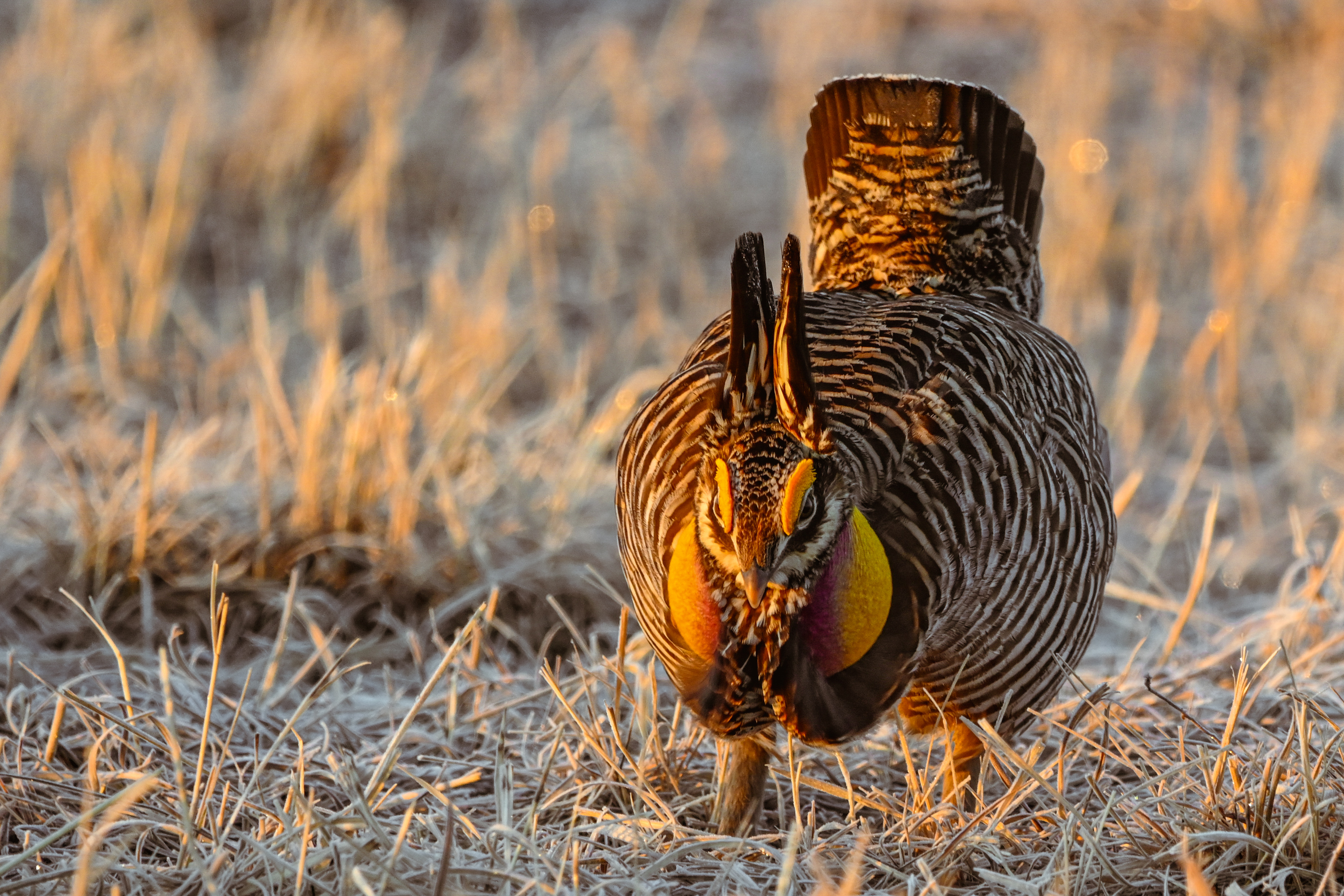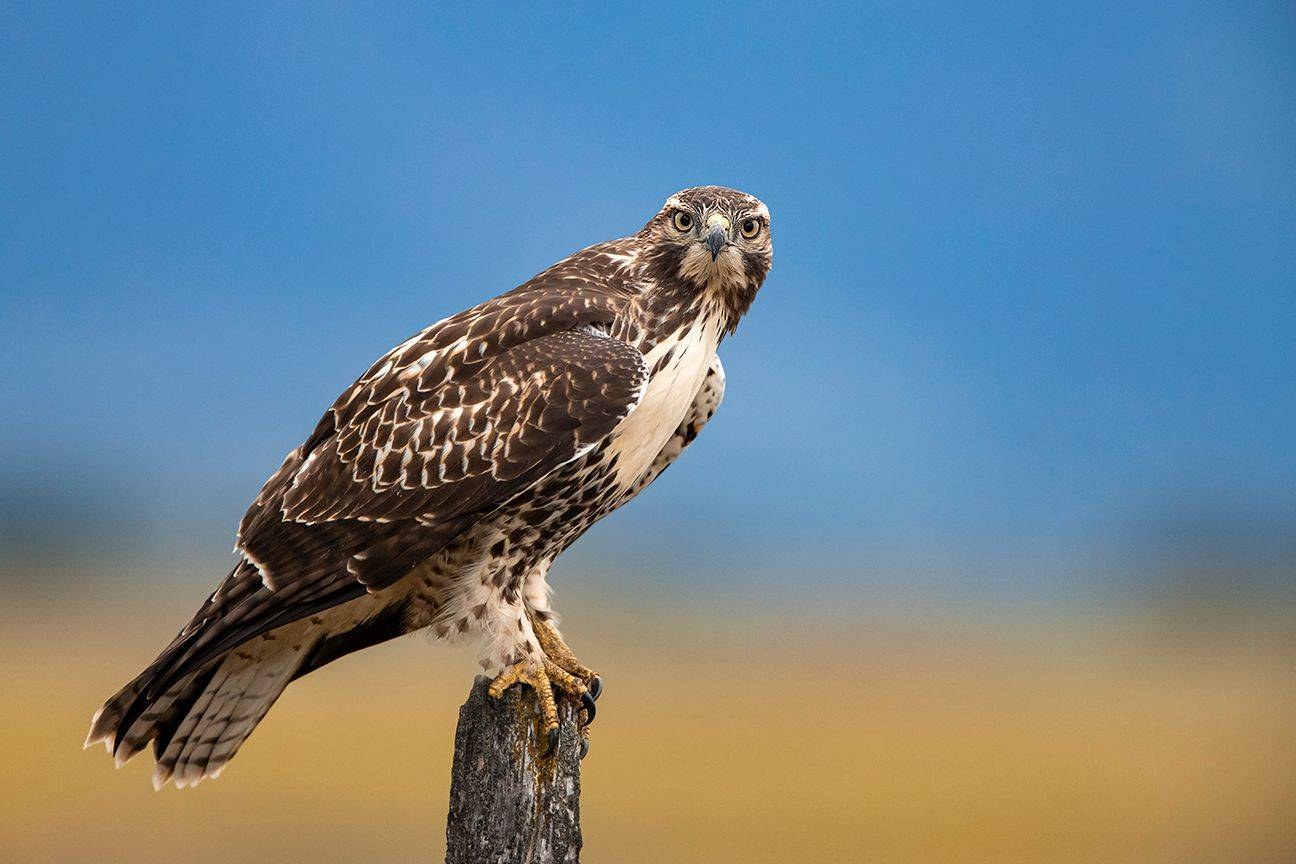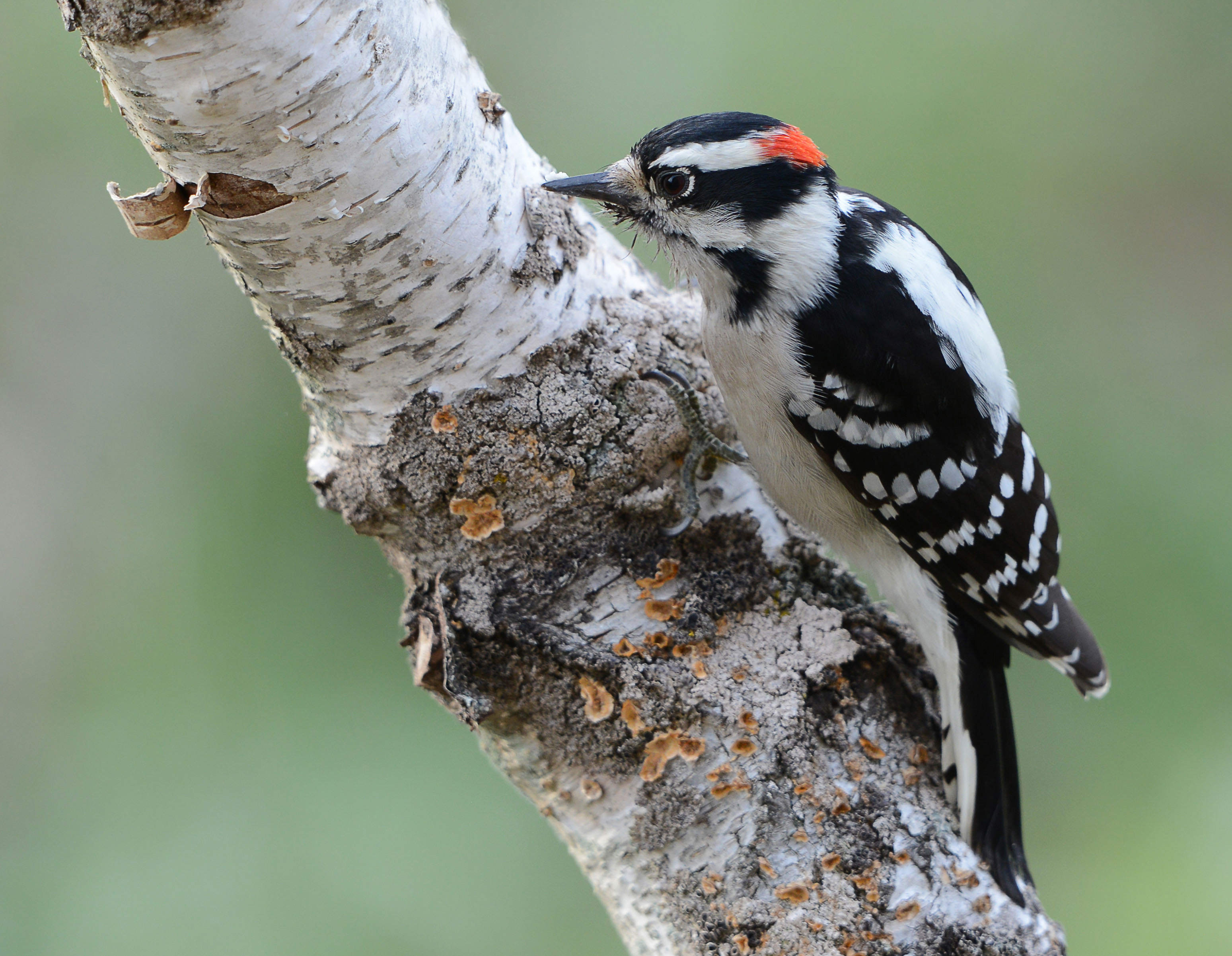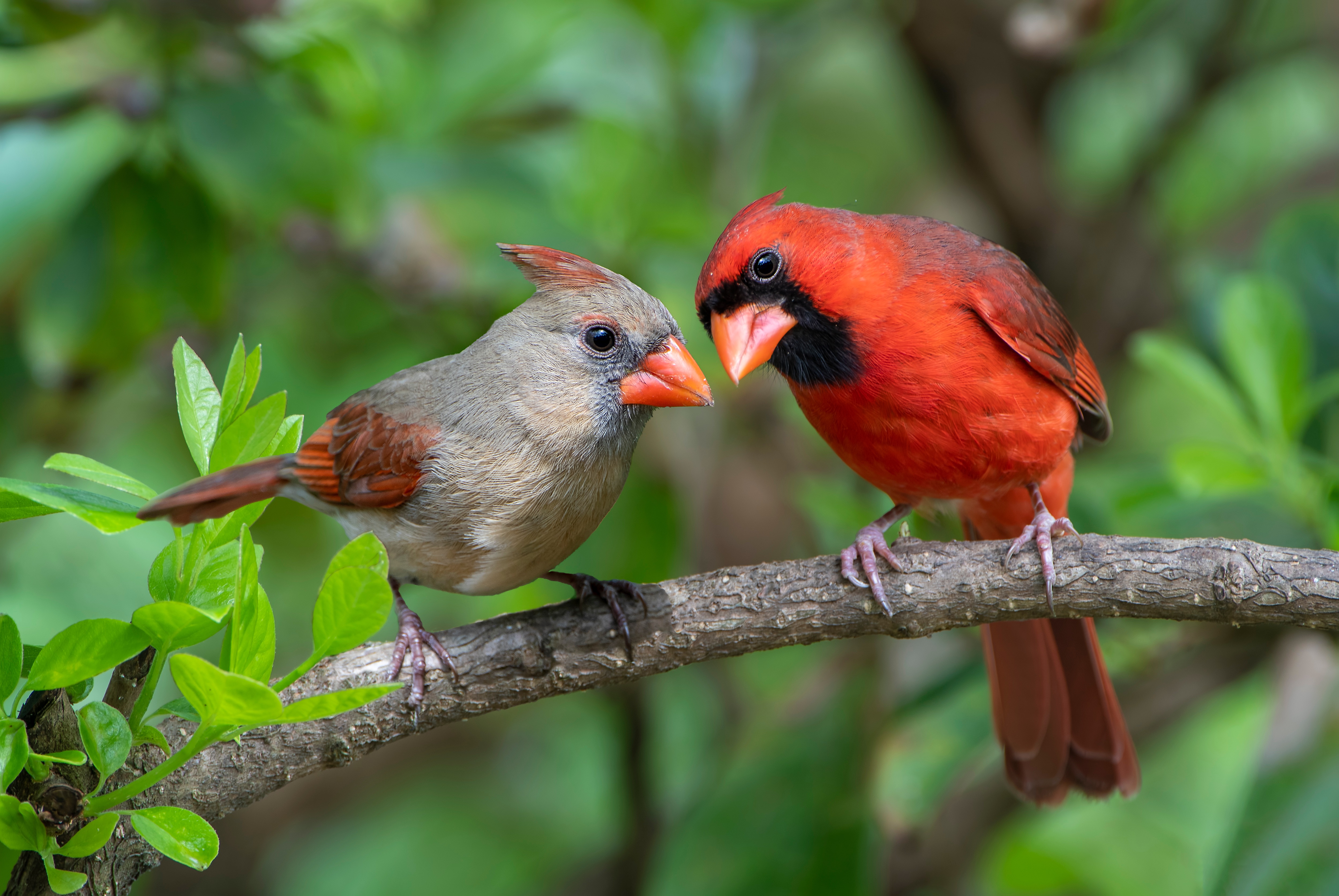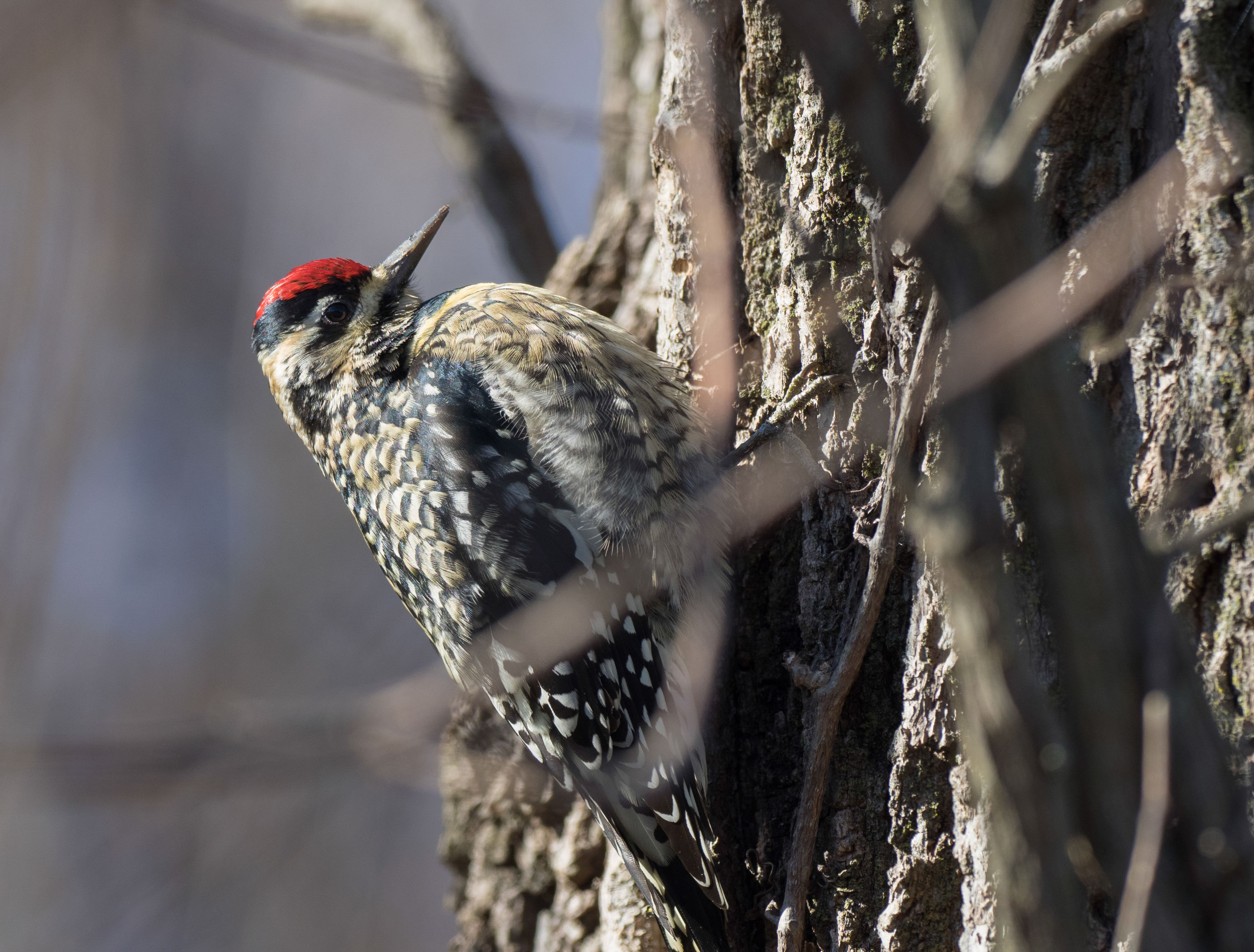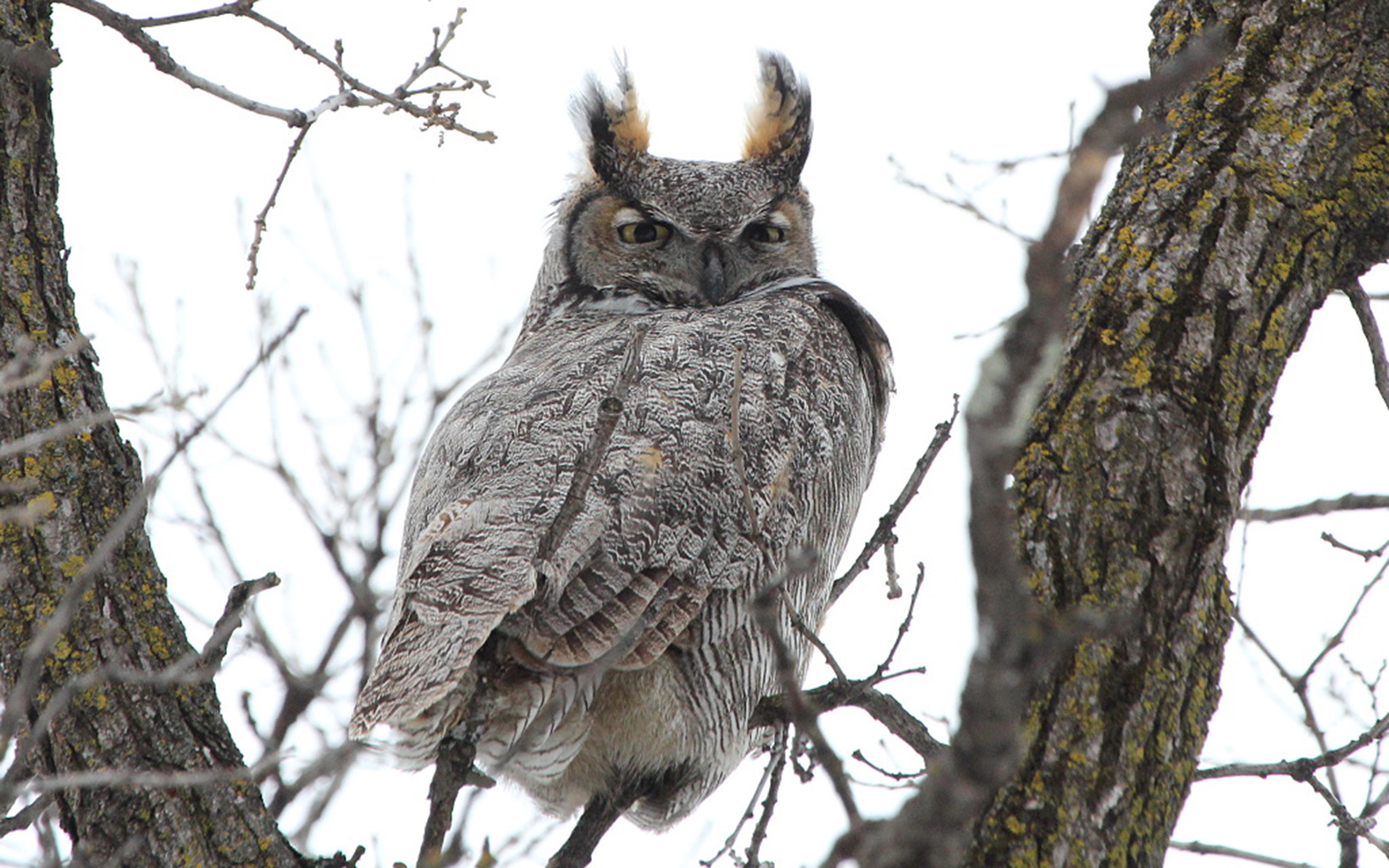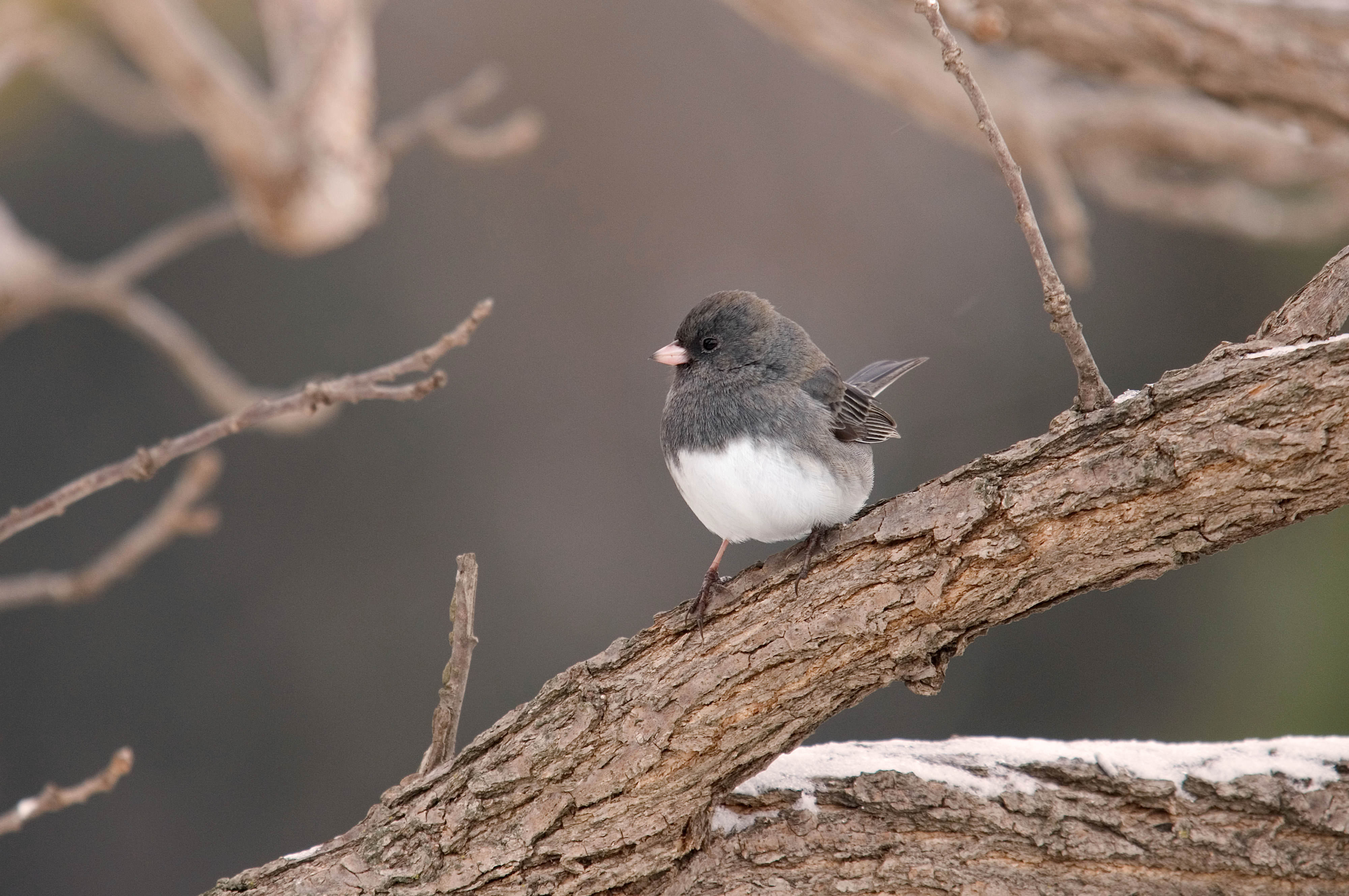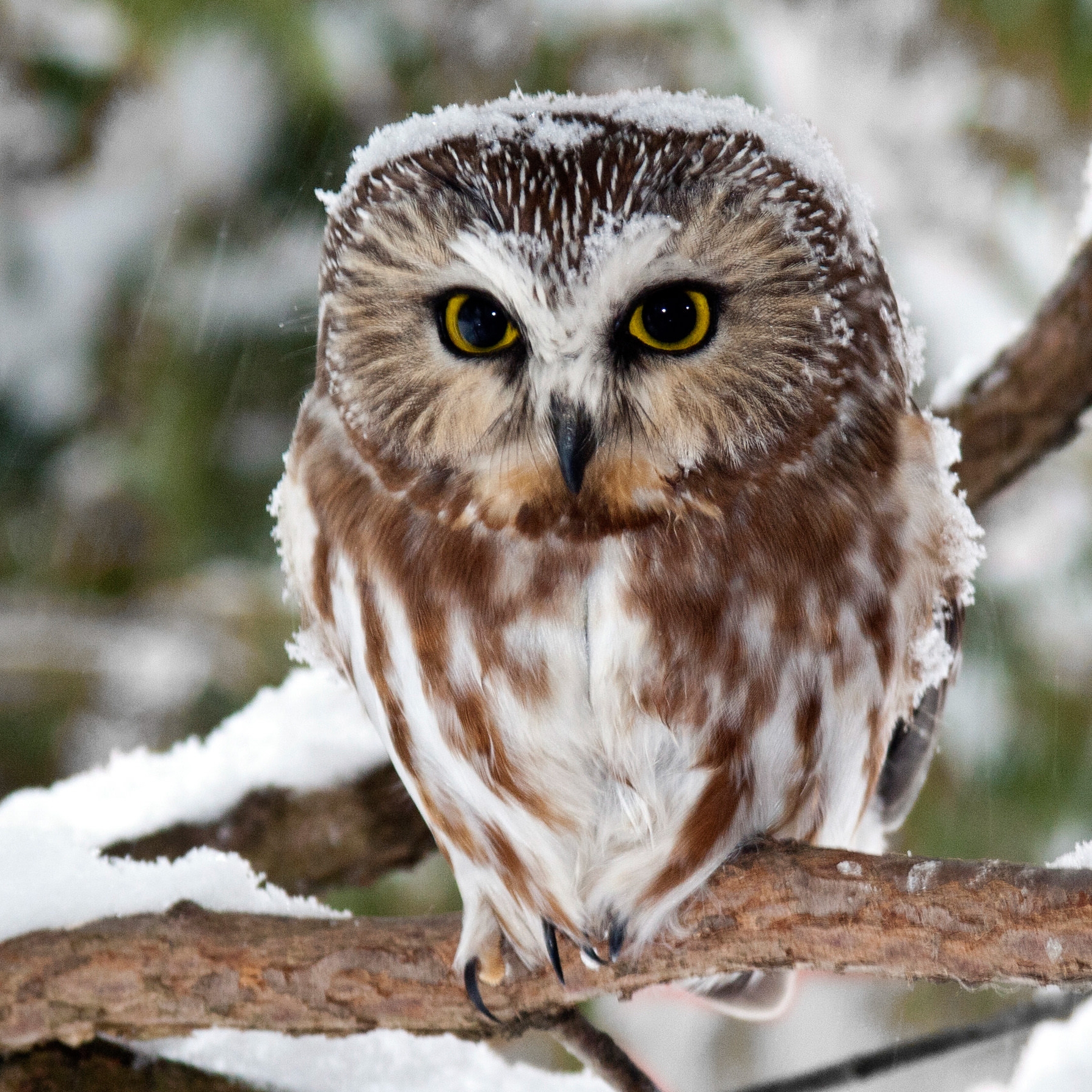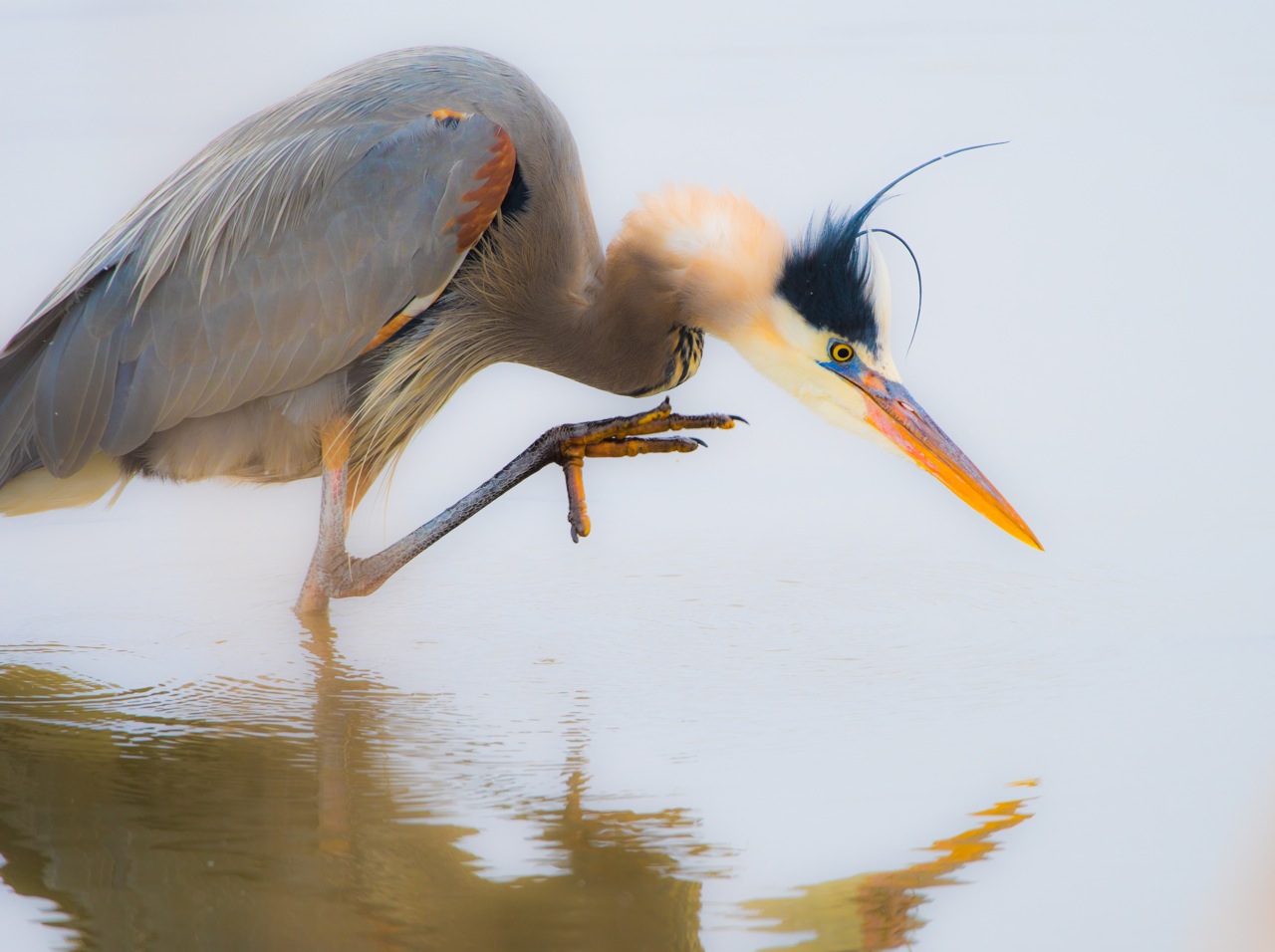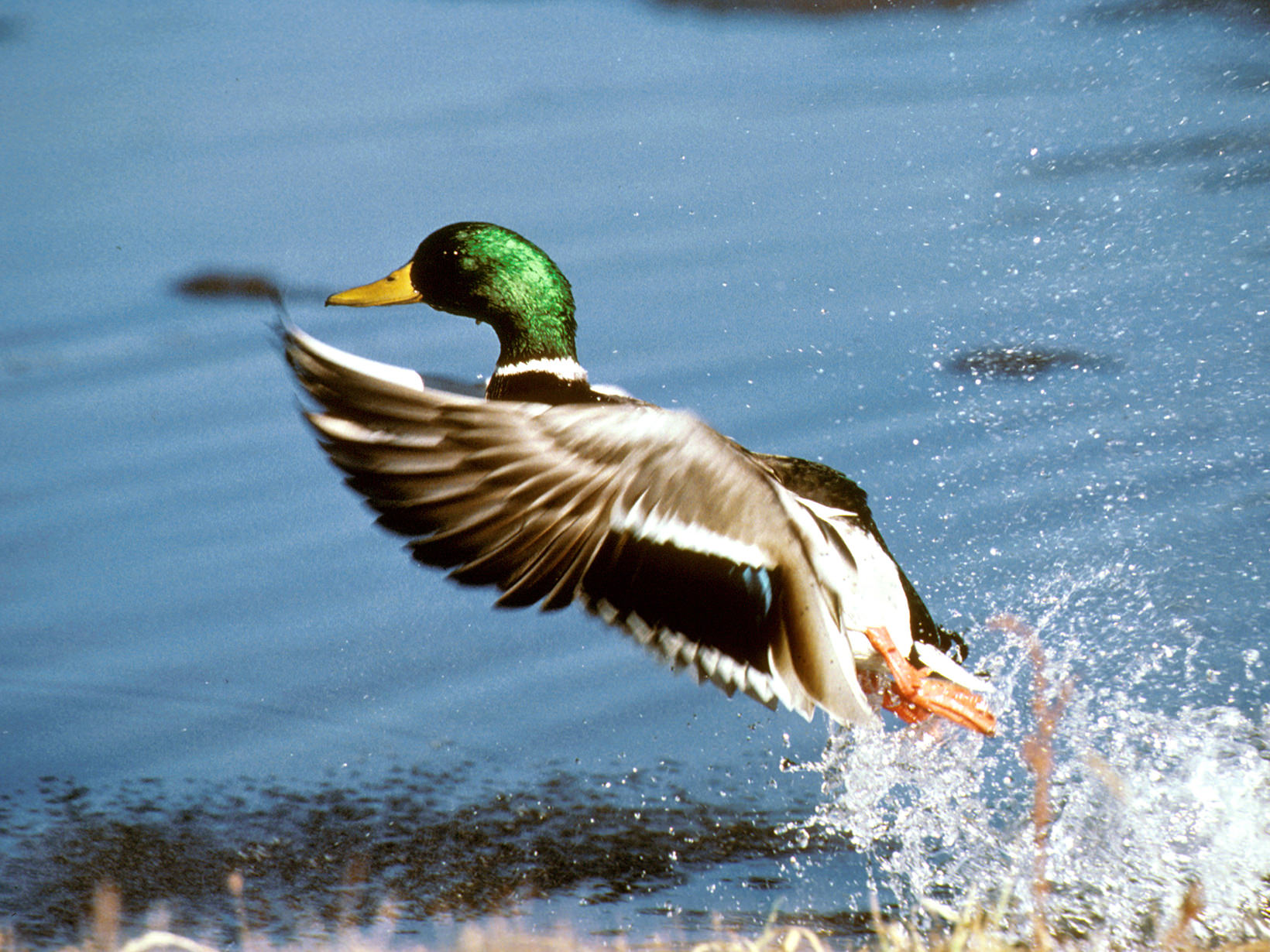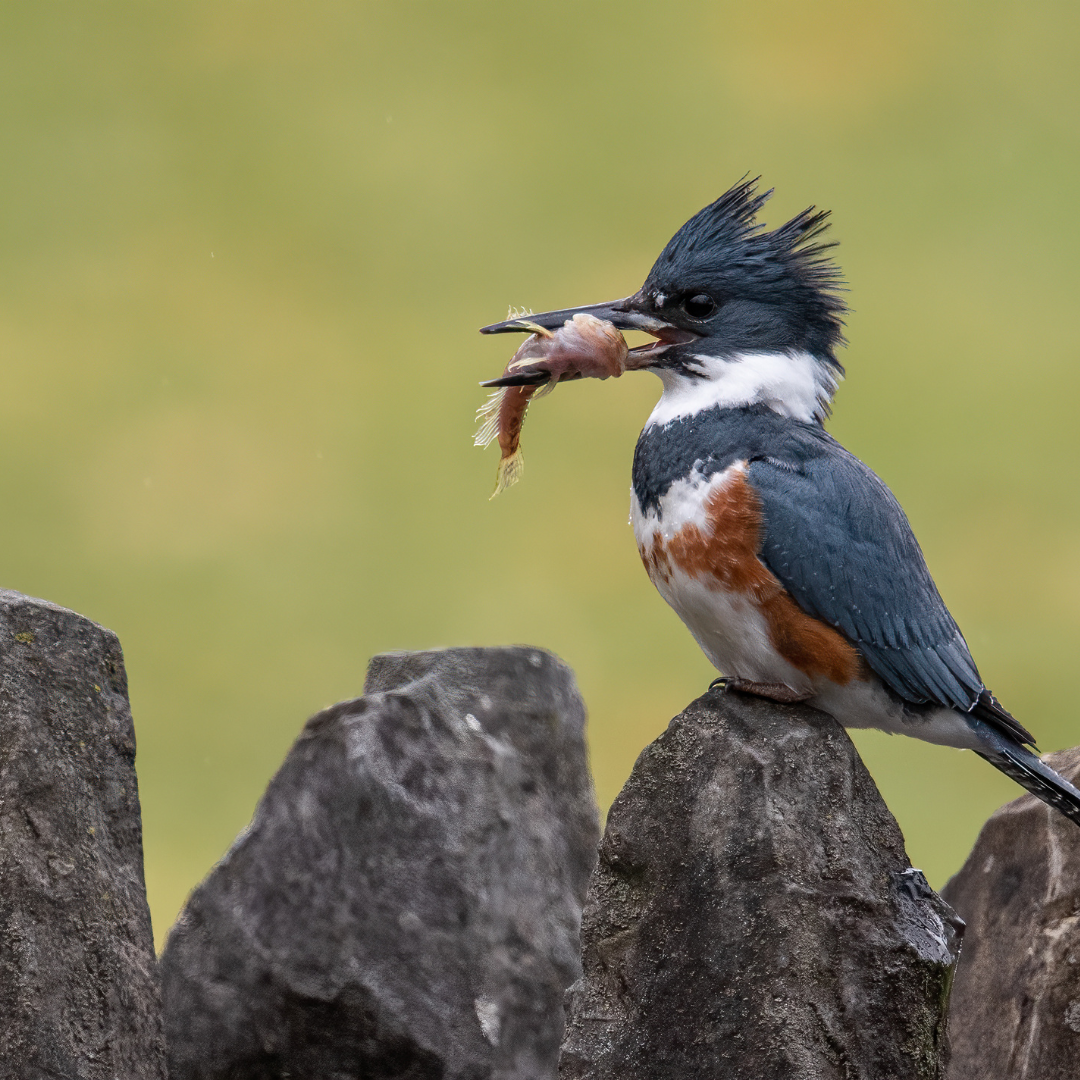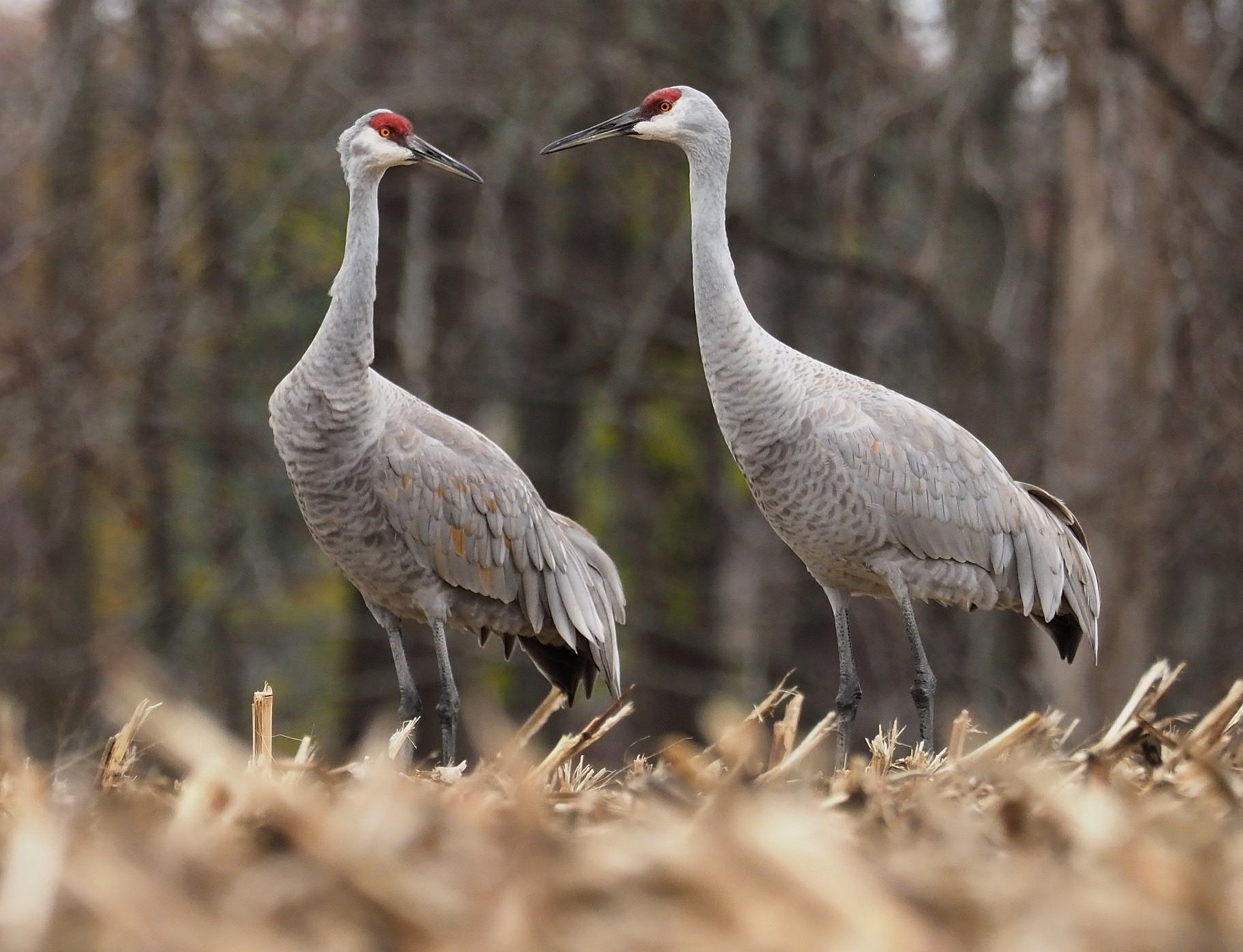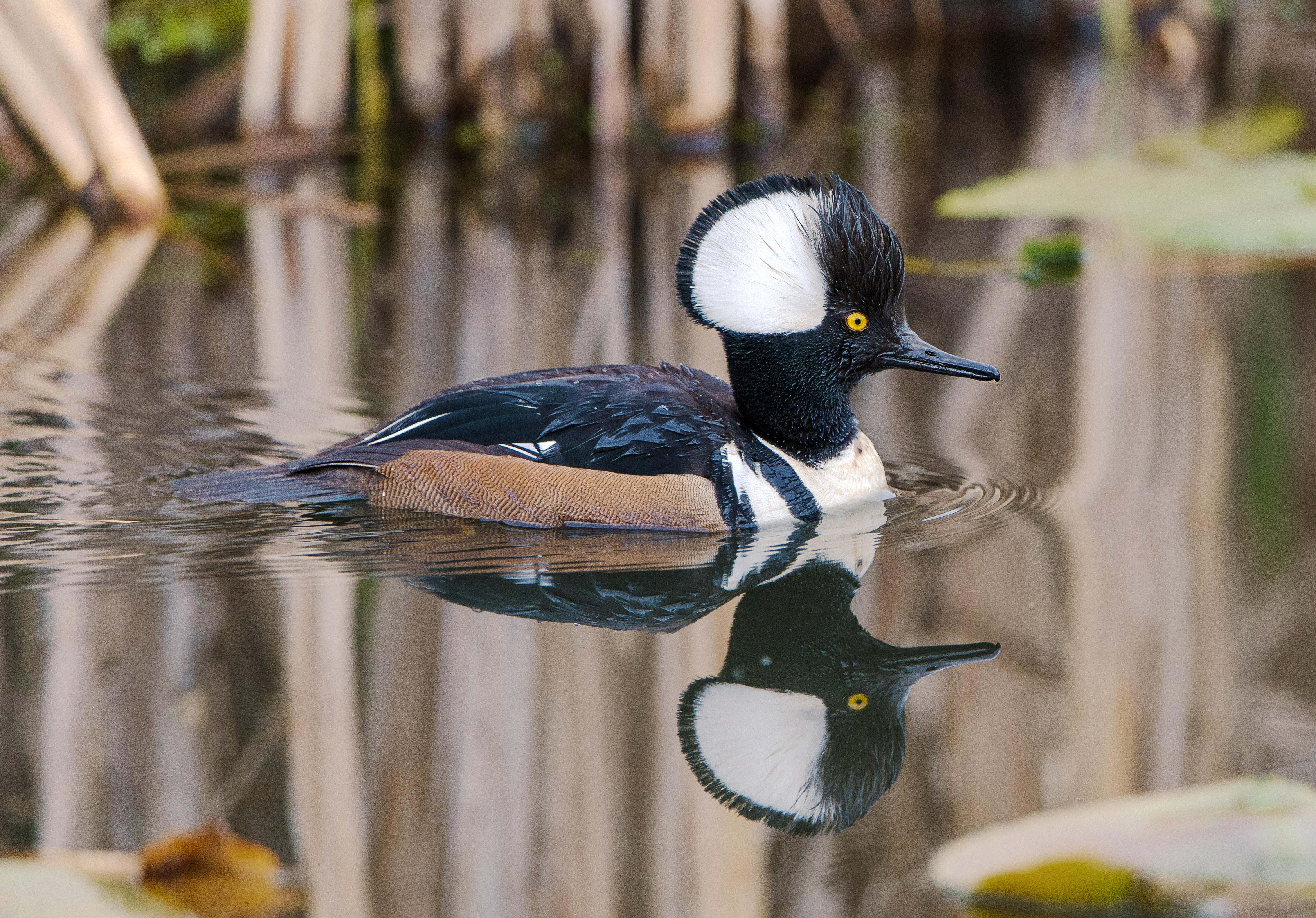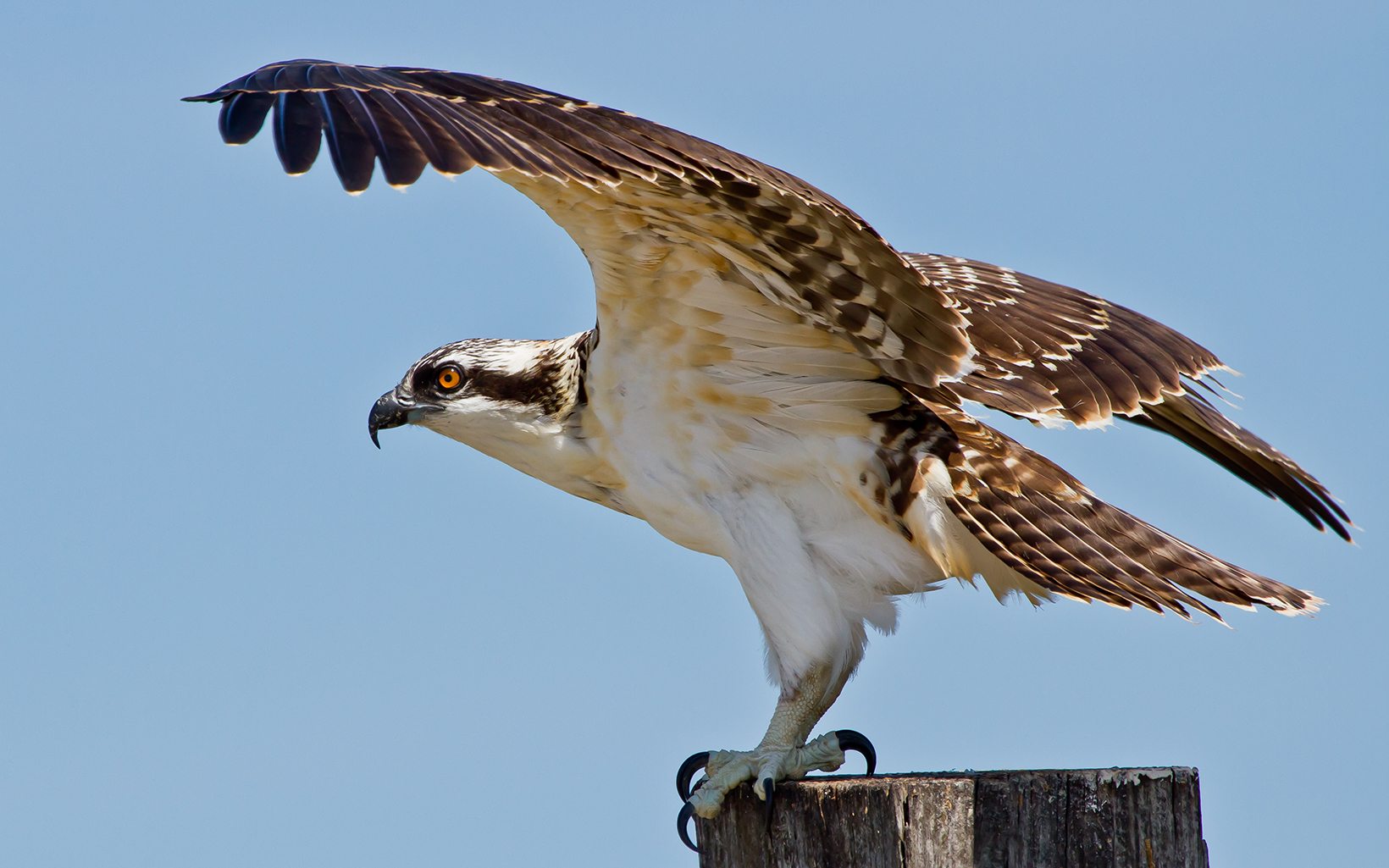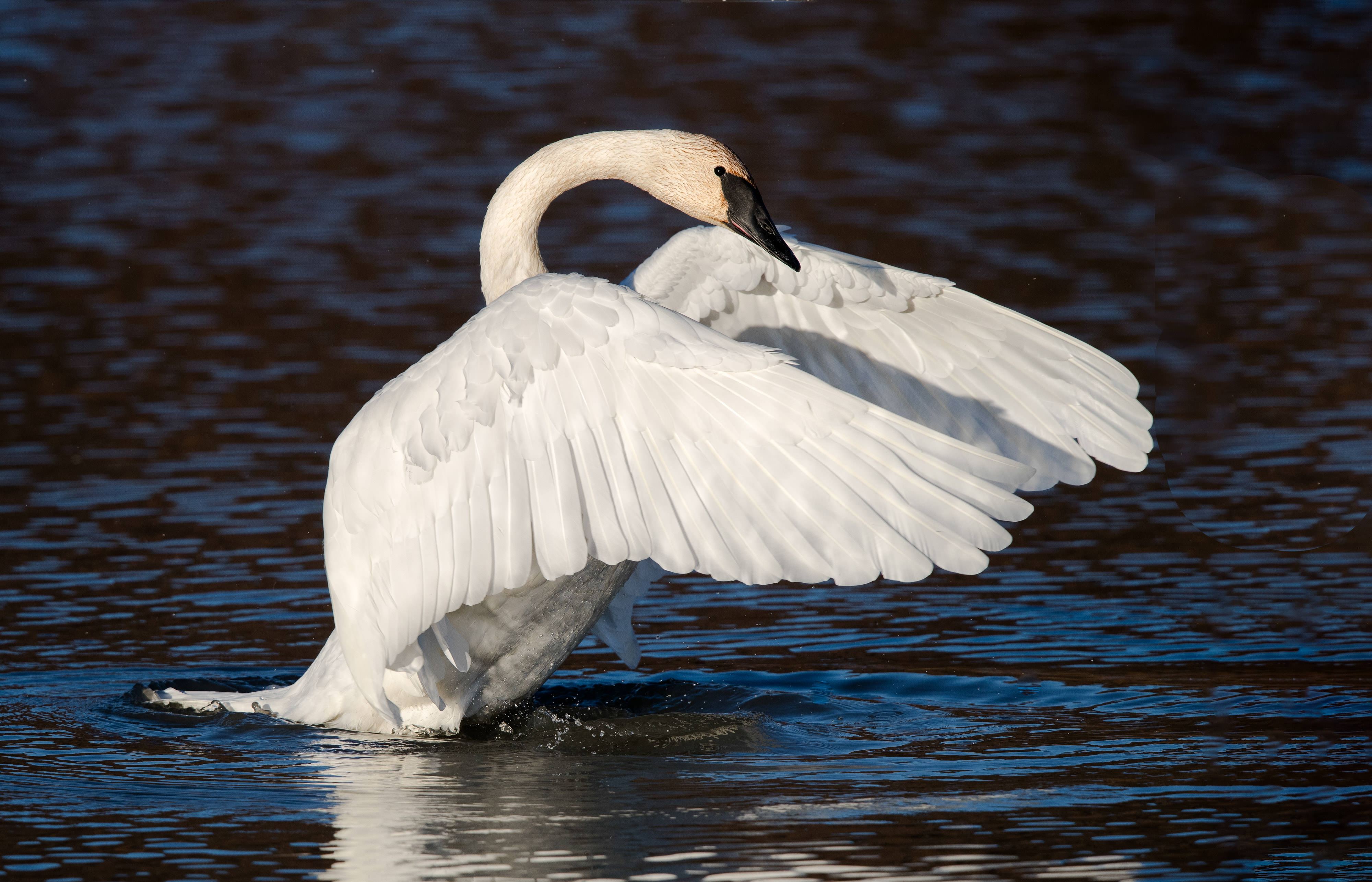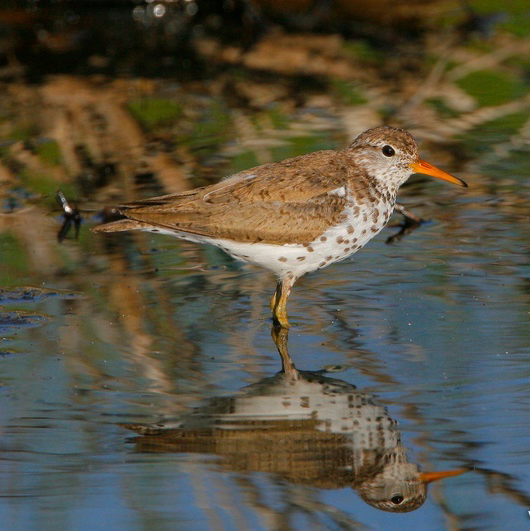Birdwatching in Missouri
Explore Missouri’s rich birdlife with our comprehensive birding guide.

Missouri is a birdwatcher’s paradise, offering diverse habitats that attract hundreds of species year-round. From the wetlands of the Mississippi Flyway to the rolling Ozark hills, you’ll find countless opportunities to spot rare and migratory birds in their natural environment. Whether you’re an experienced birder or just starting out, Missouri’s scenic trails, wildlife refuges and state parks provide the perfect backdrop for your next birding adventure.

How to Start Bird Watching
What You’ll Need
You don’t need fancy equipment to start birding, but the right tools can make your experience more rewarding and help you sharpen your skills.
Birding App or Field Guide
A good field guide or mobile app will help you identify species by color, size and habitat. Digital birding apps are great for quick identification and even include bird calls. Top picks for Missouri birders:
- Audubon Bird Guide—Free online resource packed with detailed bird profiles.
- Merlin Bird ID—A must-have free app that identifies birds by sight and sound. Perfect for learning bird calls and songs, which is key to spotting species hidden in Missouri’s forests and wetlands.
Binoculars
Binoculars bring birding to life. They let you see details you’d miss with the naked eye—colors, markings and behaviors that make each species unique. More importantly, they allow you to observe birds from a respectful distance, keeping them comfortable in their natural habitat while giving you a closer connection to nature.
Birding Journal
Recording your sightings is part of the fun! Note the date, location and species you observe. Over time, you’ll build a personal record of Missouri’s seasonal bird patterns.
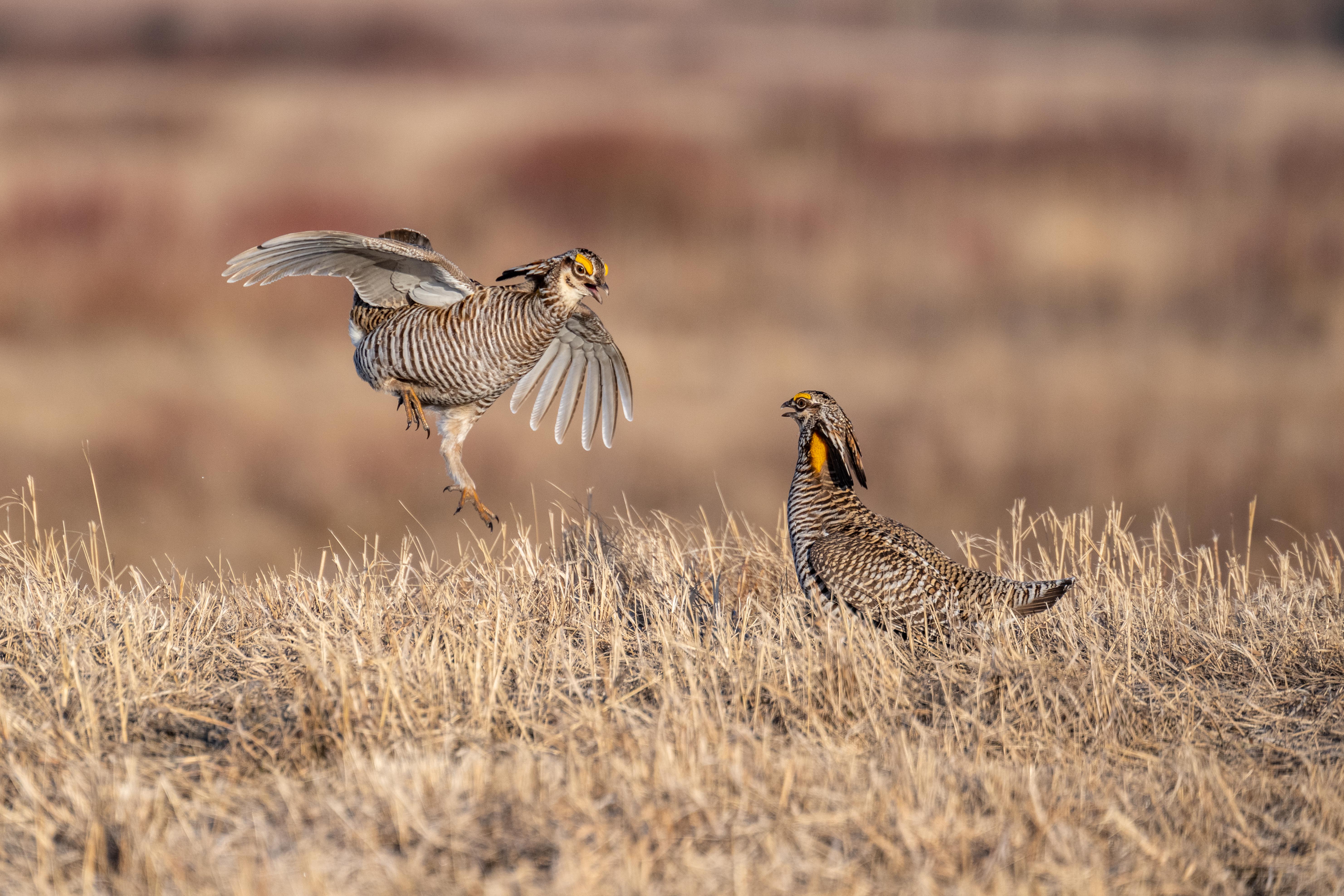
Birds in Missouri
Missouri has a rich variety of birds to spot, from year-round residents like pileated woodpeckers to migratory visitors like indigo buntings. Below are a few of the birds to watch for as you begin your birding journey.
Year-Round Birds
Missouri has a colorful and vibrant variety of year-round resident birds throughout the state. You’re likely to see these birds around your neighborhood, at feeders or in local parks and preserves.
Winter Birds
Though spring and fall mark peak migration in Missouri, winter brings its own charm. Many birds stay within the state year-round, surviving on seeds and berries until spring returns.
Wetland & Water Birds
Missouri’s rivers, lakes and wetlands create rich habitats that draw countless birds. Many of these birds are migratory, but some are year-round residents.
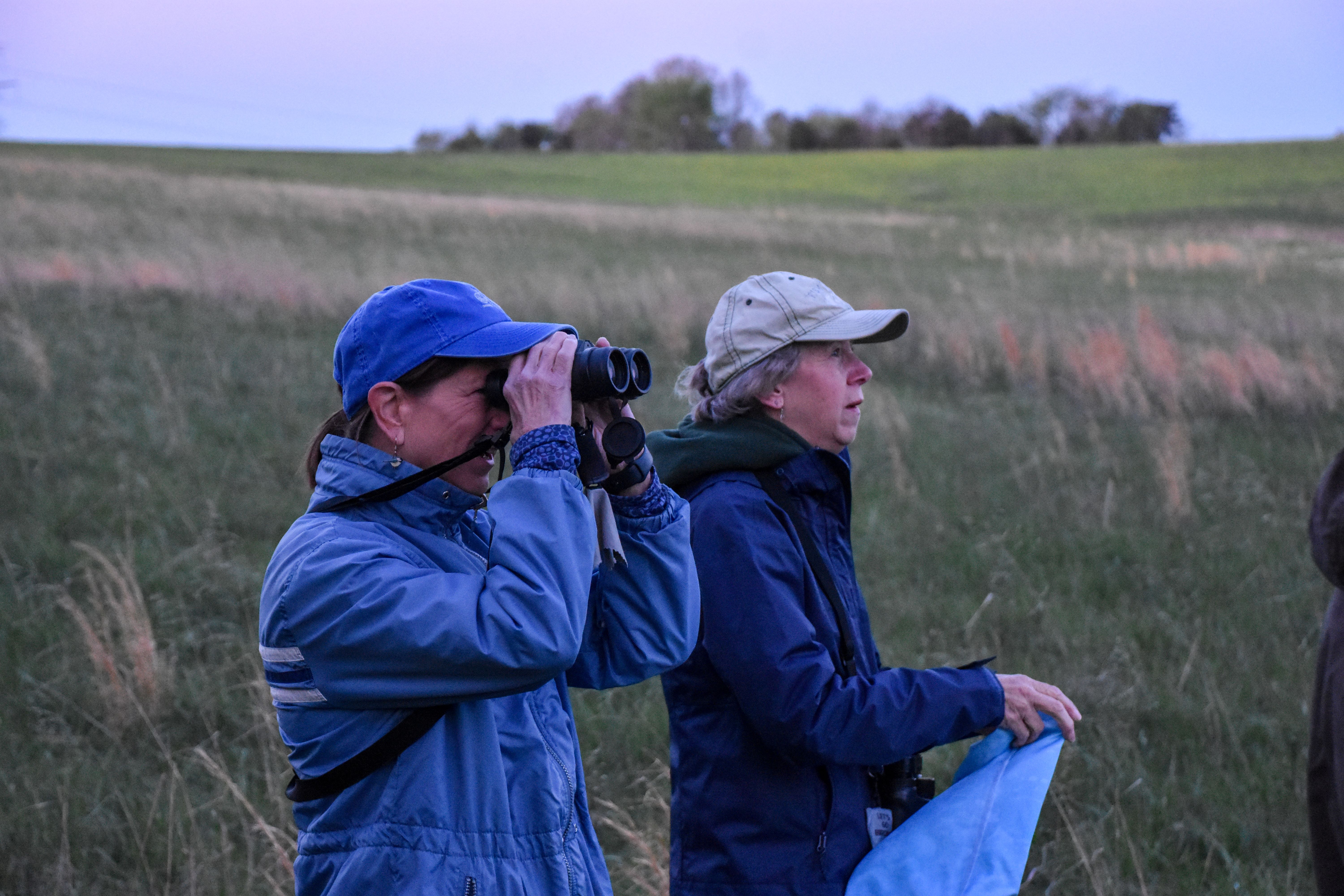
Bird Watching Spots in Missouri
Here are a few of the many birding spots located in the Show-Me State.
Riverlands Migratory Bird Sanctuary
Located just north of St. Louis, the Riverlands Migratory Bird Sanctuary sits at the confluence of the Missouri and Mississippi rivers. Explore eight miles of scenic trails, an avian observatory and the Audubon Center at Riverlands for educational exhibits. With 300+ bird species, including swans, eagles and gulls, this sanctuary offers incredible winter sightings like the short-eared owl and Lapland longspur.
Loess Bluffs National Wildlife Refuge
Recognized as one of America’s Top 500 Global Important Bird Areas by the National Audubon Society, Loess Bluffs National Wildlife Refuge is a must-visit for bird enthusiasts. Located in northwest Missouri, this refuge becomes a breathtaking sea of white during migration season as more than one million snow geese arrive in fall and early spring. Expect to see ducks and majestic bald eagles during peak migration.
Dunn Ranch Prairie
Dunn Ranch Prairie boasts breathtaking views of expansive grasslands, a thriving bison herd, vibrant wildflower species and more than 100 species of birds. Dunn Ranch is home to one of the last populations of the greater prairie-chickens in the state. In partnership with MDC and the Iowa Department of Natural Resources, prairie-chickens were relocated from Nebraska to Dunn Ranch. The species are now showing signs of resiliency.
Squaw Creek National Wildlife Refuge
Located in northwestern Missouri, Squaw Creek National Wildlife Refuge is a 7,350-acre refuge that was established in 1935 as a resting, feeding and breeding ground for migratory birds and other wildlife. Squaw Creek is best known for its large concentrations of snow geese, other waterfowl and bald eagles. The refuge is a major stopover for waterfowl, with more than one-half million birds in the fall.
Swan Lake National Wildlife Refuge
Swan Lake National Wildlife Refuge is a fantastic site with marshes that are ideal for shorebirds and ducks who are wanting to feed and rest during the migratory season. It is situated in the center of north-central Missouri. These birds travel great miles throughout their migration, but they frequently rest in these wetlands to take a break before continuing on to the next place.
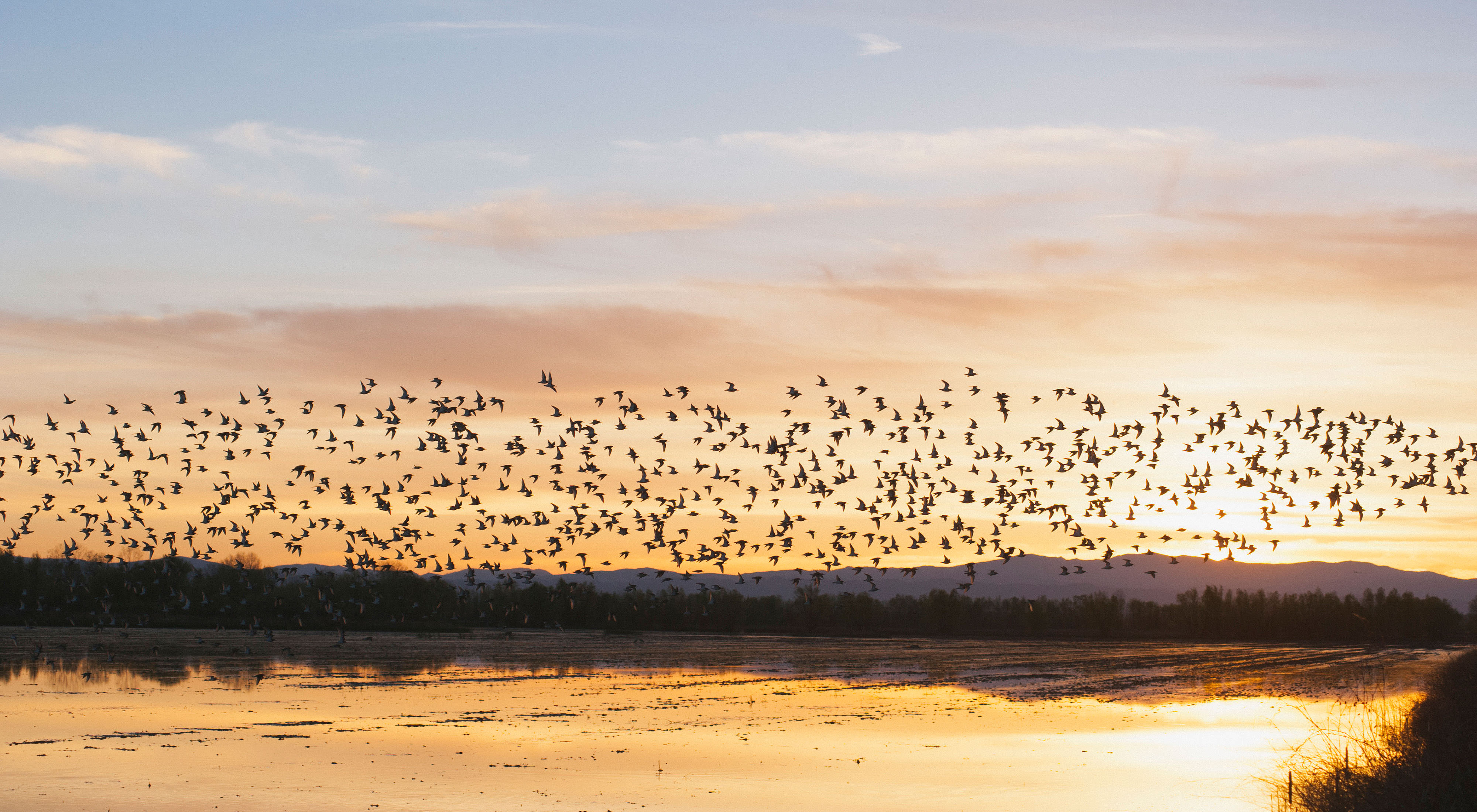
Protecting Bird Habitats
Protecting native bird habitats is essential to maintaining biodiversity and the natural beauty of Missouri.
Missouri’s diverse landscapes, from wetlands and prairies to forests and river corridors, are home to hundreds of bird species. These habitats are vital not only for birds but for the health of entire ecosystems. Unfortunately, urban development, pollution and a changing climate threaten these natural spaces every day.
Protecting bird habitats means preserving the places where birds nest, feed and migrate. By conserving these areas, we help maintain biodiversity, support pollination and ensure cleaner air and water for all living things. Every acre of protected land strengthens the balance of nature and secures a future where Missouri’s skies remain alive with song.
You can make a difference. Whether through volunteering, advocating for conservation policies or supporting habitat restoration projects, your actions matter. Together, we can protect Missouri’s bird habitats and create a lasting legacy of conservation.
Five Ways You Can Help Birds
There are simple actions you can take at home to help birds thrive.
-

Bird Watch and Share Your Observations
Monitoring birds is essential to help protect them. Join a project like eBird to record your observations. Your contributions will provide valuable information to show where birds are thriving and where they need our help.
-
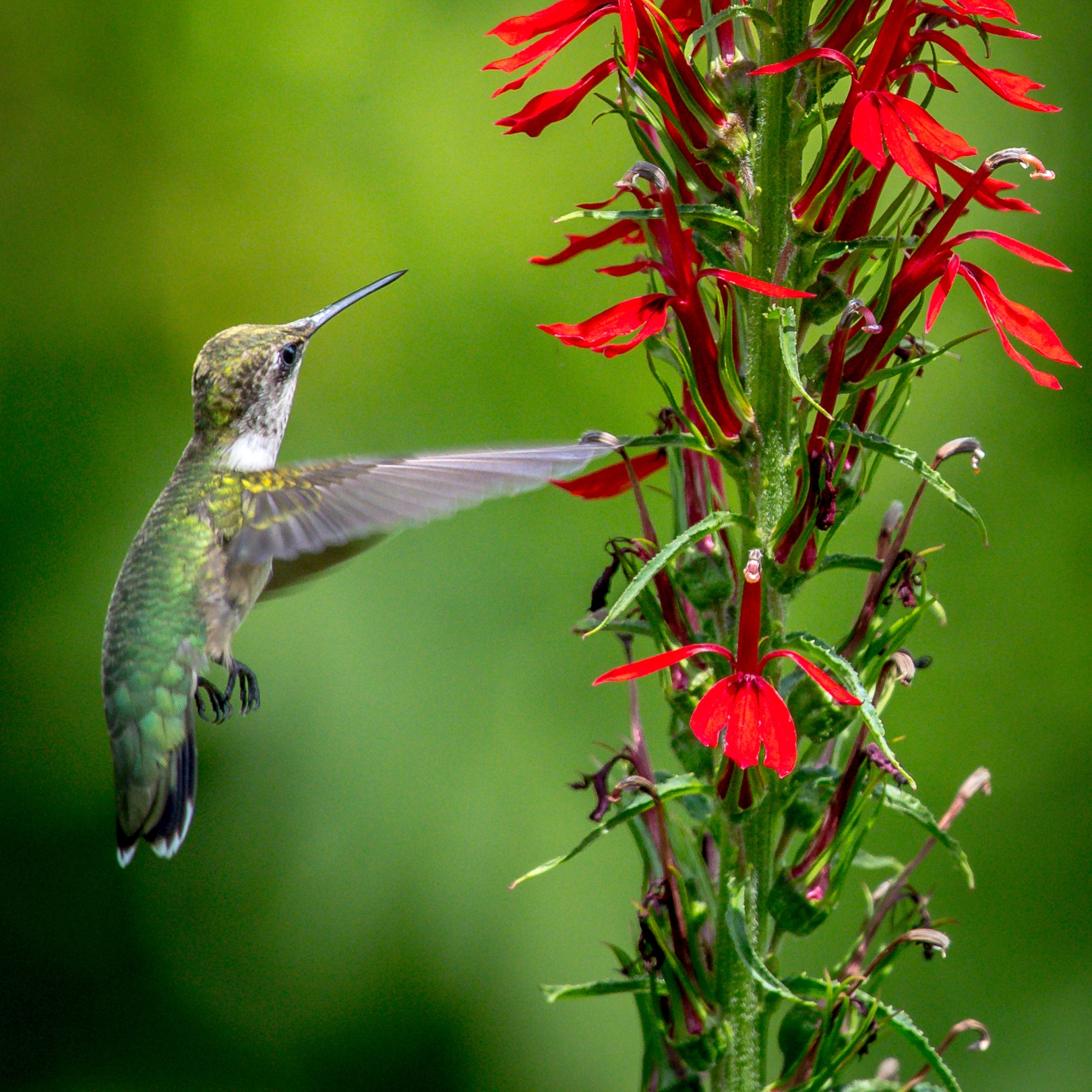
Plant Native
Birds depend on native plants for food, both for the insects on the plants and the plants’ nectar, seeds or fruits. Planting native plants can help birds find respite and food throughout the year.
-

Stop Using Pesticides
Many birds depend on insects for food and to feed their young during the summer. By avoiding the use of pesticides, you can help ensure there are plenty of insects for birds to eat safely.
-

Make Windows Bird-safe
Each year, an estimated one billion birds die from collisions with windows. Adding screens or placing decals on the outside of your windows breaks up reflective surfaces, helping birds recognize the barrier and avoid deadly impacts.
-

Turn Off Outside Lights
Many birds migrate at night using the stars to guide them, but bright outdoor lights can throw them off course. Turning off porch lights and floodlights during migration helps keep these birds safely on track.
Sign up for Nature News.
Sign up to receive monthly conservation news and updates from Missouri.
